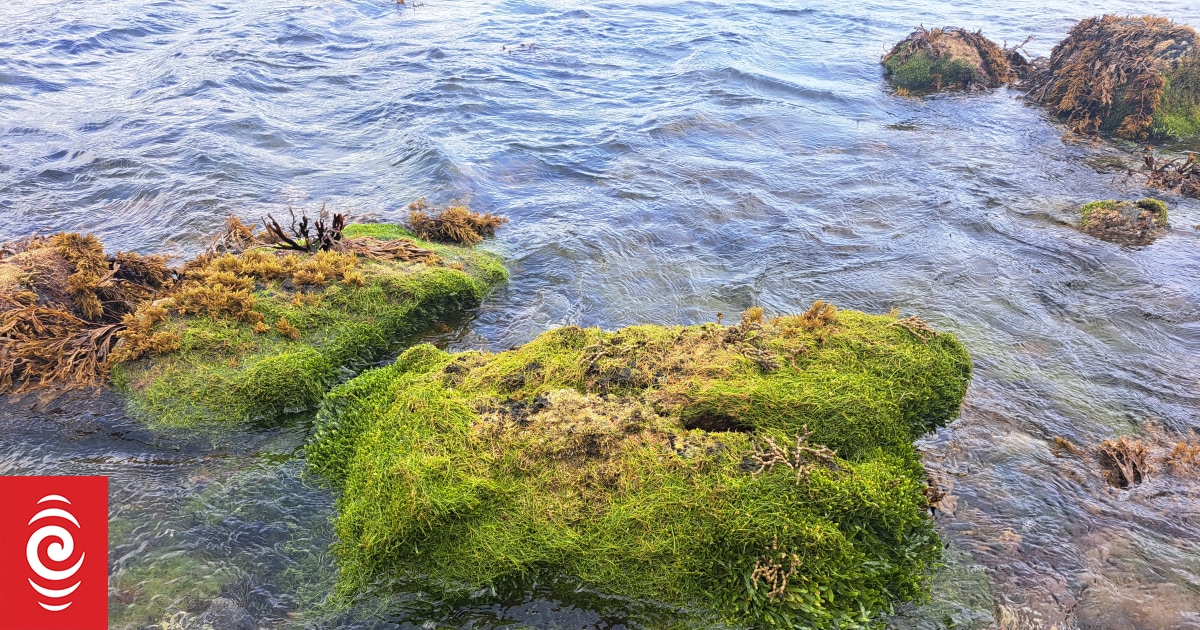Phil Round/Supplied
An image taken inside Abbey Caves a few years prior to the tragedy.
Following a tragic end to an outdoor education trip in the Abbey Caves, an experienced caver says severe weather brings added danger to such typically easygoing passages.
On Tuesday, a Whangārei Boys’ High School student was washed away by floodwaters while on an outdoor education trip alongside other students and teachers. A body was found by searchers late that night.
So what do we know about the Abbey Caves?
Phill Round, an experienced caver who has been into them, said there were three relatively short caves in line fed by a stream.
READ MORE:
* Abbey Caves death: The safety plan that was supposed to keep students safe
* Body found in search for school boy missing in Abbey Caves, whānau ‘grateful’
* WorkSafe opens investigation into Abbey Caves death
“Most of the passages are quite easy to explore with few small knee-deep pools, in normal weather I would say most people would have no real difficulty exploring the passages, however, I would not enter the caves when heavy rain is forecast,” Round said.
Whangārei District Council’s website says the caves feature dramatic limestone outcrops and sinkholes in a system of three caves along a stream, named Organ, Middle and Ivy.
With large rocks to be navigated inside the caves, the council warns the area is prone to flash flooding.
“Only experienced cavers should enter the underground caves, as there are risks from rapidly rising water and roof falls. The Organ Cave entrance is dangerous due to a roof fall,” the council’s website reads.
Whangārei District Councillor Nicholas Connop had been down into the caves at least 10 times throughout his life, he said it was a “very popular” destination for tourists, who could often be unprepared for the precarious nature of the cave.
“When you go into the caves there’s nobody else around, it’s not a pathway-ed cave, you have to clamber over rocks, there are slippery rocks and pockets … it’s workable, but you do have to be able to carry you’re own weight,” he said.
Google Maps/Supplied
The entrance to one of the Abbey Caves in Whangārei.
Connop said he would avoid the caves if rain was forecast, with water reaching chest height in some parts of the cave even when it’s not raining.
“I’m definitely not a caver, there’s definitely spaces that I wouldn’t go into, but there’s also little spaces throughout the cave that test you a little bit, but it’s definitely doable by somebody who is able to move their body around spaces.
“In the very end of the Ivy cave, depending on how much water there is it definitely can get up to your navel or your chest.”
While he had not been to the caves in a few years, Connop said there he had been aware of signage warning of the dangers presented by the caves on his previous visits.
This signage would likely be reviewed following the tragic incident of the student’s death on Tuesday, he said.
On Wednesday, WorkSafe launched an investigation into the student’s death in the Abbey Caves.
Do you have photos or footage of the Abbey Caves? Send it to aucklandnewsroom@stuff.co.nz.
David White/Stuff
People have left flowers at the entrance to the Abbey Caves, where a rahui prevents anyone going further.




